Picasso: An actor on the stage of history

"Death holds no fear for me. It has a kind of beauty. What I am afraid of is falling ill and not being able to work. That's lost time," said the most influential artiste of the 20th century, Pablo Picasso.
On his 50th death anniversary today, The Daily Star looks into the complex psyche of the renowned artiste, which goes beyond his individuality.
It is famously rumoured that the most prominent artiste of the 20th century, Pablo Picasso, led two of his mistresses, French photographer Dora Maar and French model Marie-Therese Walter, to fight for him while he was painting Guernica, while they encountered each other in Picasso's studio in 1937.
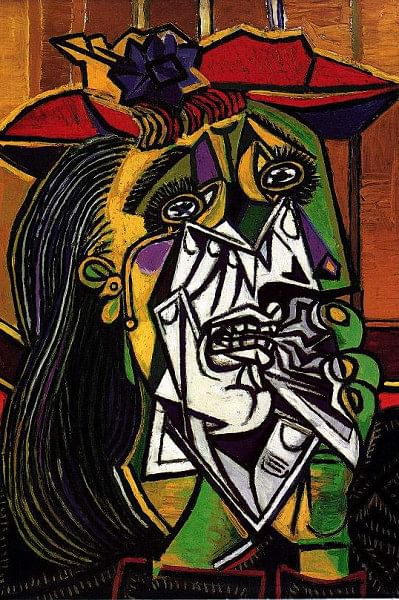
Although Picasso's friend and art historian John Richardson dismissed the occurrence in his book 'Picasso: Magic Sex and Death' along with Maar and Picasso himself, this rumour represents the tumultuous complex psyche of the artist.
Guernica portrays the destruction and sheer brutality of the Spanish Civil War that the Nazis caused by killing hundreds of residents of the ancient city by the same name. Picasso remained brutal and cutthroat in his depiction of the incident with his signature style and told a story that tells the horrors of war to its fullest and, as a result, became the representation of anti-war movements.

The painter's satirical and tormented psyche can also be explored through another event that took place afterwards. During World War II, a German soldier visiting his studio in Nazi-occupied Paris was startled by 'Guernica' and asked Picasso, "Did you do that?" The artist responded, "No, you did."
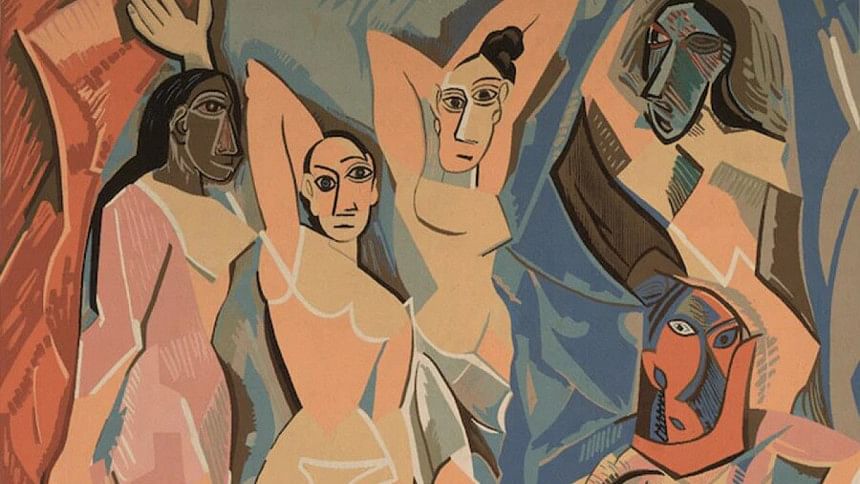
Guernica became a part of that war-torn history and his most famous painting, and so did his Weeping Woman, The Old Guitarist, Ma Jolie, La Vie, Les Demoiselles D'Avignon, and hundreds of others which did not.
Picasso was multidimensional in his craft and influence, and his torrential amount of creation – 15,000 paintings and drawings, 100,000 prints, 24,000 book illustrations, 300 models and sculptures – is being showcased in famous museums over the Western hemisphere.
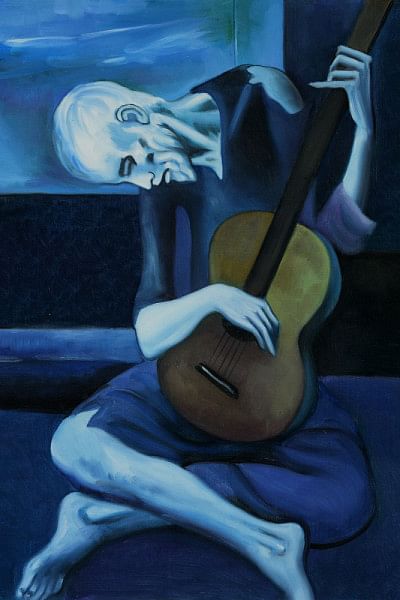
But can we really measure his influence by his brilliance or his paintings? Can his offensive, misogynist outlook on women outweigh his masterpieces? Writers, cultural analysts, and art practitioners have been anatomizing each of his brush strokes, styles, political views, muses and personal life for the last 50 years. However, they could only critique his views, individuality, or aspirations, but it is deemed impossible to deny Picasso's influence. And that is the strength of art. It subverts time and views; it stays.
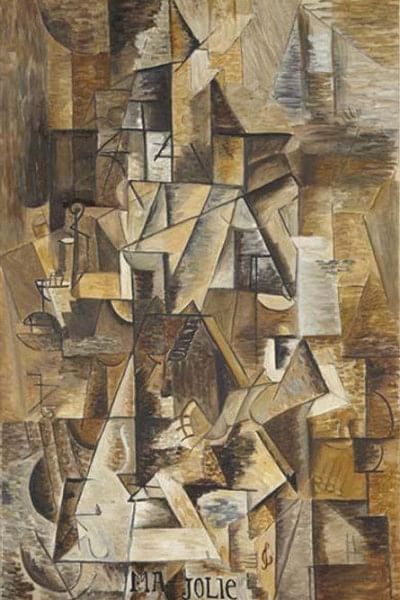
Picasso can be taken as an actor on the stage of life who created masterpieces that will forever be in art history's heart as its most precious gifts, or he can be viewed as a narcissistic misogynist who treated women as objects, or a malignant competitor who took his rivalry to Henri Matisse to great length, that produced exquisite paintings.
Everything that is known or told about Picasso and his malice might be true, but so is his brilliance in turning his intent into stylistic representations of art. Art was never personal to him, but his art was. Each of his disputable life choices, views, and events inspired his art in a way that goes beyond human paradoxes.

 For all latest news, follow The Daily Star's Google News channel.
For all latest news, follow The Daily Star's Google News channel. 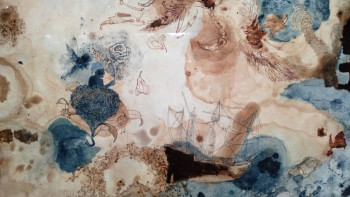



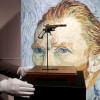
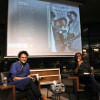
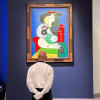
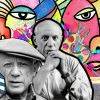


Comments